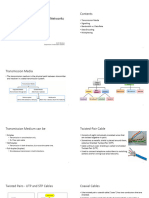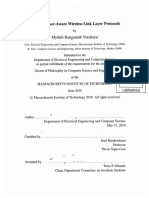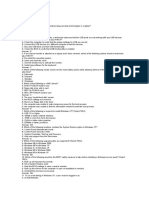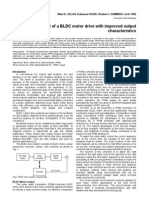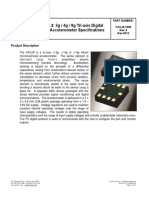0% found this document useful (0 votes)
88 views9 pagesBy Dr. Layth Abdulkareem Hassnawi
The physical layer is the lowest layer of the OSI reference model and is responsible for sending bits between computers. It defines electrical and physical specifications for devices and the relationship between devices and transmission media such as cables. Transmission media can be guided, using wires or cables like twisted pair or fiber optic cables, or unguided through the air using methods like radio transmission. Standards like RS-232, RS-422, and SONET/SDH define specifications for physical layer transmission and networking.
Uploaded by
جلال عواد كاظم جودةCopyright
© © All Rights Reserved
We take content rights seriously. If you suspect this is your content, claim it here.
Available Formats
Download as PDF, TXT or read online on Scribd
0% found this document useful (0 votes)
88 views9 pagesBy Dr. Layth Abdulkareem Hassnawi
The physical layer is the lowest layer of the OSI reference model and is responsible for sending bits between computers. It defines electrical and physical specifications for devices and the relationship between devices and transmission media such as cables. Transmission media can be guided, using wires or cables like twisted pair or fiber optic cables, or unguided through the air using methods like radio transmission. Standards like RS-232, RS-422, and SONET/SDH define specifications for physical layer transmission and networking.
Uploaded by
جلال عواد كاظم جودةCopyright
© © All Rights Reserved
We take content rights seriously. If you suspect this is your content, claim it here.
Available Formats
Download as PDF, TXT or read online on Scribd
/ 9















































